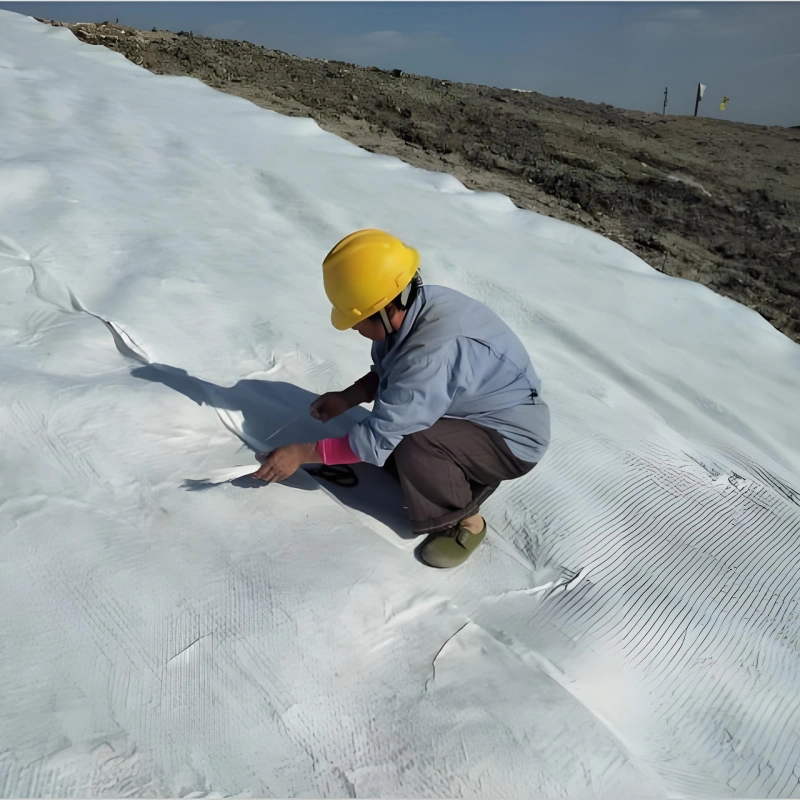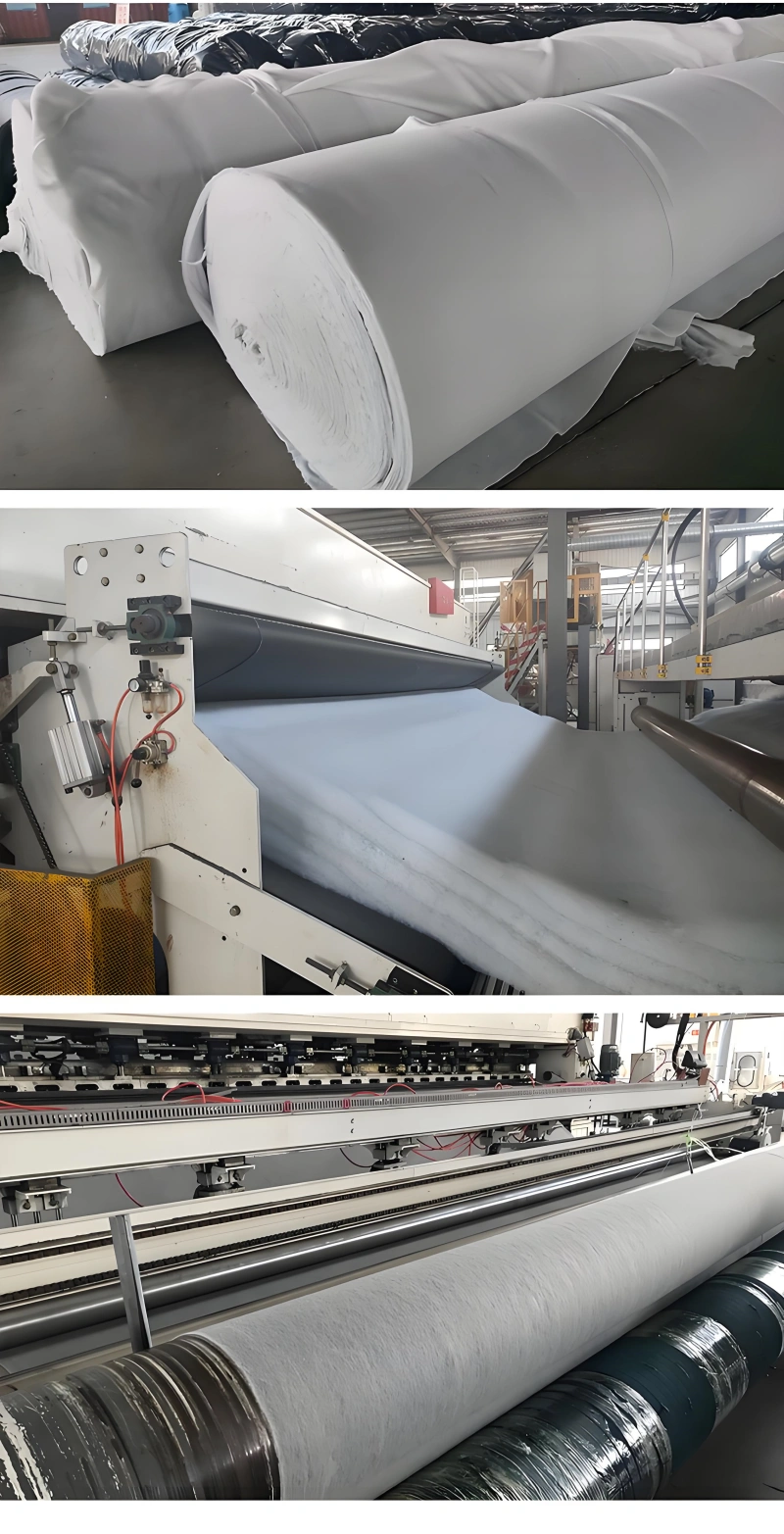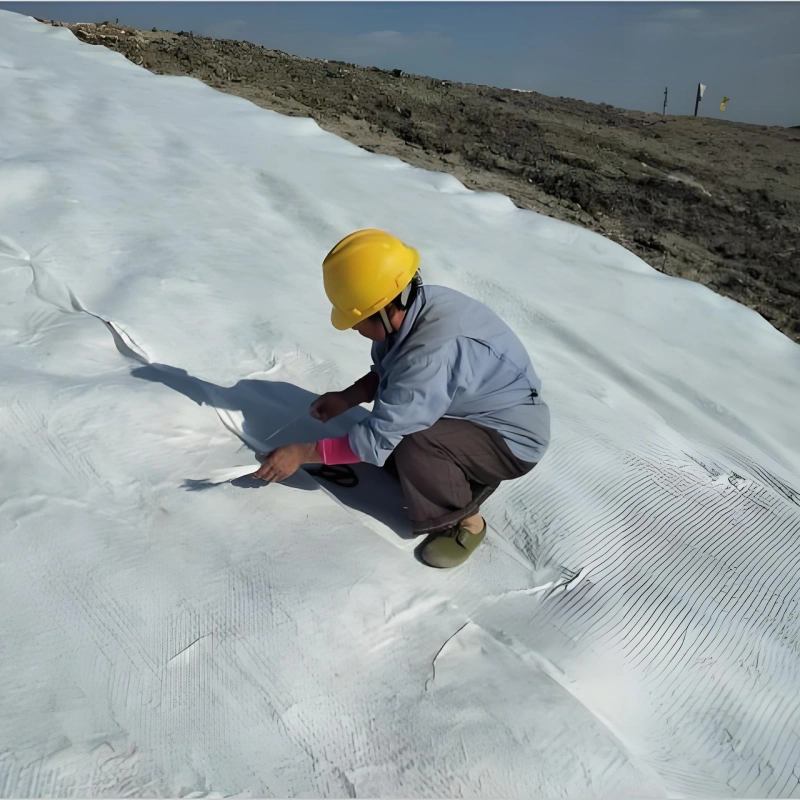Geotextiles have become an integral component of modern highway engineering, offering sustainable solutions to challenges like soil stabilization, drainage, and erosion control. These versatile materials are engineered to perform specific functions under varying conditions, enhancing the durability and performance of highway structures. This article provides a detailed overview of geotextile specifications for highway applications, their classifications, performance criteria, and key considerations.

What Are Geotextiles?
Geotextiles are synthetic permeable fabrics made from materials like polypropylene, polyester, or polyethylene. They are used in civil engineering and construction projects to improve soil stability, provide filtration, and enhance drainage. For highway applications, geotextiles play a crucial role in strengthening pavement structures, controlling erosion, and improving subgrade performance.
Types of Geotextiles Used in Highways
There are two main categories of geotextiles used in highway applications:
Woven Geotextiles:
Made by weaving synthetic fibers into a flat, regular pattern.
Known for their high tensile strength, making them ideal for load-bearing applications like base reinforcement and subgrade stabilization.
Commonly used materials: Polypropylene and Polyester.
Non-Woven Geotextiles:
Manufactured through needle-punching or heat-bonding processes.
Provide superior filtration and drainage capabilities.
Commonly used in drainage layers, erosion control, and separation applications.
Functions of Geotextiles in Highway Engineering
Geotextiles are selected based on the specific requirements of the highway project. The primary functions include:
Separation:
Prevents intermixing of different soil layers, maintaining structural integrity.
Example: Separating granular base layers from fine subgrade soils.
Reinforcement:
Enhances the load-bearing capacity of subgrades by distributing traffic loads.
Used in areas with weak or unstable soils.
Filtration:
Allows water to pass through while retaining soil particles, preventing clogging of drainage layers.
Essential in subsurface drainage systems.
Drainage:
Facilitates lateral flow of water within the soil, reducing pore water pressure.
Used in highway embankments and retaining walls.
Erosion Control:
Prevents soil erosion by stabilizing slopes and embankments.
Reduces sedimentation in nearby waterways.

Key Specifications for Highway Geotextiles
The performance of geotextiles in highway applications depends on their physical, mechanical, and hydraulic properties. Below are the critical specifications:
1. Physical Properties
Mass per Unit Area:
Indicates fabric density.
Typical range: 100 g/m² to 600 g/m² depending on application.
Thickness:
Related to puncture resistance and filtration efficiency.
Range: 0.5 mm to 5 mm.
2. Mechanical Properties
Tensile Strength:
Woven geotextiles: 30 kN/m to 200 kN/m.
Non-woven geotextiles: 10 kN/m to 50 kN/m.
Elongation at Break:
Indicates the material's flexibility.
Woven: <25%, Non-woven: >50%.
Puncture Resistance:
Measured in kN; ensures durability against sharp objects.
3. Hydraulic Properties
Permittivity:
Measures water flow through the fabric.
Typical value: 0.1 s⁻¹ to 2.0 s⁻¹.
Apparent Opening Size (AOS):
Controls soil particle retention.
Range: 0.1 mm to 0.5 mm.
Water Flow Rate:
Indicates drainage efficiency.
Range: 50 L/min/m² to 200 L/min/m².
4. Durability Properties
UV Resistance:
Ensures long-term performance under sunlight exposure.
Chemical Resistance:
Resistance to hydrocarbons and other contaminants.
Freeze-Thaw Resistance:
Important for highways in cold regions.
The selection of geotextiles depends on the project’s requirements, including traffic load, soil conditions, and environmental factors. Below are the critical specifications to consider:
| Property | Specification Range | Testing Standard |
|---|---|---|
| Material | Polypropylene (PP) or Polyester (PET) | ISO 10318, ASTM D4759 |
| Tensile Strength | ≥ 25 kN/m for light traffic, ≥ 50 kN/m for heavy traffic | ASTM D4595, EN ISO 10319 |
| Elongation | ≤ 50% at break | ASTM D4632 |
| Permeability | k ≥ 10⁻⁴ m/s | ASTM D4491 |
| Puncture Resistance | ≥ 500 N | ASTM D4833 |
| Aperture Size | 75-150 microns (depending on soil type) | ASTM D4751 |
| UV Resistance | Retains 70%-80% strength after 500 hours of UV exposure | ASTM D4355 |
Standards and Testing for Highway Geotextiles
To ensure reliability and performance, geotextiles must meet internationally recognized standards. Common standards include:
ASTM D4632: Tensile strength testing.
ASTM D4491: Permittivity and water flow rate testing.
ISO 10319: Tensile properties of geotextiles.
EN 13249: Geotextiles for transportation infrastructure.
Testing involves evaluating properties like:
Grab tensile strength.
Puncture resistance.
Flow rate and permeability.
UV degradation resistance.
Applications of Geotextiles in Highways
Subgrade Stabilization:
Prevents rutting and improves the load distribution over weak soils.
Commonly used woven geotextiles for their high tensile strength.
Pavement Drainage Systems:
Installed beneath pavements to manage water infiltration.
Reduces the risk of pavement failure due to water accumulation.
Erosion Control:
Used on highway slopes and embankments to prevent soil loss.
Often paired with vegetation for long-term stability.
Retaining Wall Drainage:
Acts as a filter behind retaining walls to prevent soil clogging and manage water pressure.
Reinforced Embankments:
Strengthens embankments, allowing construction over weak soils.
Benefits of Using Geotextiles in Highways
Improved Longevity:
Enhances the durability of highways by preventing structural failures.
Cost Efficiency:
Reduces maintenance costs by improving soil performance and drainage.
Environmental Protection:
Controls erosion and prevents sediment runoff.
Sustainability:
Reduces the need for over-excavation and additional materials.
Case Study: Geotextile Use in Highway Construction
Project: Subgrade Stabilization on Soft Soil
Location: Coastal highway with weak clay subgrade.
Problem: Excessive rutting and poor load distribution.
Solution:
Woven geotextiles with a tensile strength of 100 kN/m were installed between the subgrade and base layer.
Non-woven geotextiles were used for drainage to prevent water accumulation.
Outcome:
Improved load-bearing capacity.
Reduced rutting and maintenance costs by 30%.
Challenges in Geotextile Selection for Highways
Soil Variability:
Requires site-specific testing to match geotextile properties.
Installation:
Improper installation can lead to reduced effectiveness.
Durability Concerns:
Geotextiles must withstand mechanical and environmental stresses.
Future Trends in Geotextile Applications
Smart Geotextiles:
Incorporating sensors to monitor stress and environmental conditions.
Recyclable Materials:
Focus on eco-friendly and biodegradable geotextiles.
Advanced Reinforcement:
Hybrid geotextiles combining woven and non-woven properties.
Conclusion
Geotextiles play a vital role in the construction and maintenance of highways by enhancing structural integrity, improving drainage, and controlling erosion. Selecting the right geotextile involves evaluating specifications like tensile strength, permeability, and durability to match the project’s needs. With advancements in material science and growing demand for sustainable infrastructure, geotextiles will continue to revolutionize highway engineering.
By adhering to proper standards and ensuring quality installation, geotextiles can significantly extend the lifespan of highways while reducing costs and environmental impact.

897.webp)
942.webp)
237.webp)